Look, I get it: you don’t care about a crouton in your salad.
If you don’t like croutons, you simply pick them out of your salad and nudge them to the side of your plate. No harm done.
But for me, a crouton in my salad IS harm done. Even if I were (or the restaurant were) to pick off the croutons, the harm is done. There are specks and crumbs of gluten remaining in my food, and since I have celiac disease, my body is going to overreact to microscopic flecks of gluten and cause damage to my intestines and actively block absorbing the nutrients in the other food that I’m eating.
You might scoff at this concept, but one of the reasons celiac is so risky is because there are both the short term effects (days of abdominal pain, for example) and the long-term risk of causing holes in my intestine and drastically increasing the risk of stomach cancer, if I were to continue consuming gluten.
Some people with celiac aren’t symptomatic, meaning, they could eat the specks (or heck, chunks) of gluten and not feel what I feel.
When I eat specks of gluten? Bad news bears. Literally. It feels like bears clawing at my insides for hours, then days of abdominal soreness, headaches, and feeling unwell. That’s from a SPECK of gluten. I have a strong symptomatic response, so that makes it easier – perhaps – for me than for those with celiac without symptomatic response to choose to be very, very careful and avoiding cross-contamination in my food, and lower my long-term risk of things like stomach cancer that is linked to celiac long-term.
But knowing what I know about how my brain works and the rest of what I’m dealing with, I can imagine the alternative that if I was asymptomatic but lucky enough to discover that I did have celiac disease (through routine screening), I would probably still go to 99% of the same lengths that I do now to avoid gluten and cross-contamination of gluten, because of the long-term risks being so high.
I also don’t have celiac in a silo. I also have type 1 diabetes, which raises my risk of other things…and now I also have exocrine pancreatic insufficiency (EPI) which means every meal I am fighting to supply the right amount of enzymes to successfully digest my food, too. Oh, and now I also have Graves’ disease, so while my thyroid levels are nicely in range and always have been, I’m fighting battles with invisible ghosts in my body (thyroid-related antibodies) that are causing intermittent swelling of my eyelids and messing with my heart rate to tell me that there’s something going on in my body that I have no direct control over.
My plate is already full. (Or my dance card is already full, if you prefer that analogy). I don’t want, and can’t mentally envision right now, handling another thing. I work really hard every day to keep myself in good health. That involves managing my glucose levels and insulin delivery (for Type 1 diabetes), taking my thyroid-related medication that might be helping bring my antibody levels down and monitoring for symptoms to better provided feedback to the 6-week loop of data I get from blood testing to decide how we should be treating my Graves’, to thinking about EVERY SINGLE THING I put in my mouth so that I can take the right amount of enzymes for it, to making sure EVERY SINGLE THING I put in my mouth is gluten-free and is safe from cross-contamination.
Every meal. Every snack. Every drink. Every day.
Probably for the rest of my life: I can’t stop thinking about or doing those things.
Perhaps, then, if you could imagine being in this situation (and I’m so glad most of you are not!), you can imagine that I work really hard to make things easier and better for myself. Both with the plate that I’ve been given, but also in doing my best to lower the risk of more things being added to my already over-loaded plate.
(Preface for this next section: this is about ME not about YOU.)
COVID is one such example. I have worked very hard to avoid COVID, and I am still working very hard to avoid COVID. Like celiac and EPI, if I were to get COVID or other viral illnesses (like the flu), there is the risk of feeling very bad for a short period of time (e.g. 5-7 days). (I’m vaccinated, so the risk of short-term illness being severe (e.g. hospitalization, death) is lowered, and is probably at the same risk as being hospitalized for flu. Even when vaccinated for flu, I’ve been sick enough to almost be hospitalized, which is also why I don’t discount this risk, albeit recognizing it is lower with vaccination).
But like celiac and EPI, if I were to get COVID etc, that increases health risks for the long-term. This is true of most viral illnesses. And when you have an autoimmune condition which indicates your body is a super-star at overreacting to things (which causes other autoimmune conditions), you can imagine that poking the bear is going to make the bear (over)react, whether it is in the short-term or long-term.
It’s not so much if, but when, I would get handed my FIFTH chronic condition if I do get COVID. I went from two (type 1 diabetes and celiac) to four (adding EPI and Graves’) within the course of the same year. This is without having COVID. Given the data showing the increased risk in the long-term of developing many other conditions following COVID, even in people who don’t have superstar overreactive immune systems, it is easy to draw a dotted line to predict the future post-COVID infection to imagine it is not if, but when, my fifth thing would develop and get added to my plate.
So this is why I choose to do things differently than perhaps you do. I mask in indoor spaces. I am currently still choosing to avoid indoor dining. I don’t mind if you choose to do differently; I similarly don’t begrudge you eating croutons. But just like I wouldn’t expect you to pelt me with croutons and yell at me for not eating croutons when you can, I also prefer people not to propel possibly-infectious air at me at short-range when I am unmasked, which is why I prefer to be masked in indoor public spaces. The air is lava (or crouton dust) to me in terms of COVID.
Again, the point here is not to convince you to act any differently than you are acting. You do you! Eat your croutons, do what you like in regard to breathing the air however you like.
But like most folks are 100% fantastic about respecting that I’m not going to eat flecks of croutons, I wish folks would be more understanding of all the background situations behind my (and others’) choices regarding masking or avoiding indoor dining. What I do is not hurting someone else, whether it is not eating croutons or choosing to be masked in an indoor space.
Why would someone want to force me to eat a crouton, knowing it would cause immense harm in the short-term and contribute to long-term damage to my body and increase the risk of life-ending harm?
This is the direction in which I wish we could shift thinking about individual behaviors. Me wearing a mask is like me not eating croutons. Also, I don’t usually ask people to not eat croutons, but many of my friends and family will be happy to agree to eat at a 100% gluten free place if that’s the best option, because it doesn’t harm them not to eat gluten on occasion. Sometimes we do eat at a place that serves gluten, and they eat their croutons without thinking about it. I’m fine with that, too, as long as I am not asked or put at risk of having my mouth be stuffed with crouton dust. That’s how, maybe, I wish people would think about masking. Even if you don’t typically wear masks because you don’t feel you need to, you might choose to occasionally mask indoors when you’re around others who are masking to protect themselves. Like eating at a gluten free restaurant with your friends on occasion, it probably won’t be a big deal for you. You get plenty of gluten at other times. Then you can go back to eating your usual dietary choices (croutons all day, not masking).
COVID is interesting because it is something that potentially impacts all of us, which is why I think maybe the dynamics are changed. Someone might say “oh sure, I wouldn’t throw croutons at you or yell at you for choosing not to eat gluten”. But some people might also think they have the right to judge me regarding my choices around showing up somewhere masked, because they are ‘in the same situation’ and are choosing differently than I.
But my point is: this is not the same situation, the risks to me are not the same, which is why I may choose differently.
TLDR – I guess the point is, what looks like the ‘same’ situation on the outside is not the same for everyone; these differences influence our individual choices and needs; and I wish this is the way more people saw things.
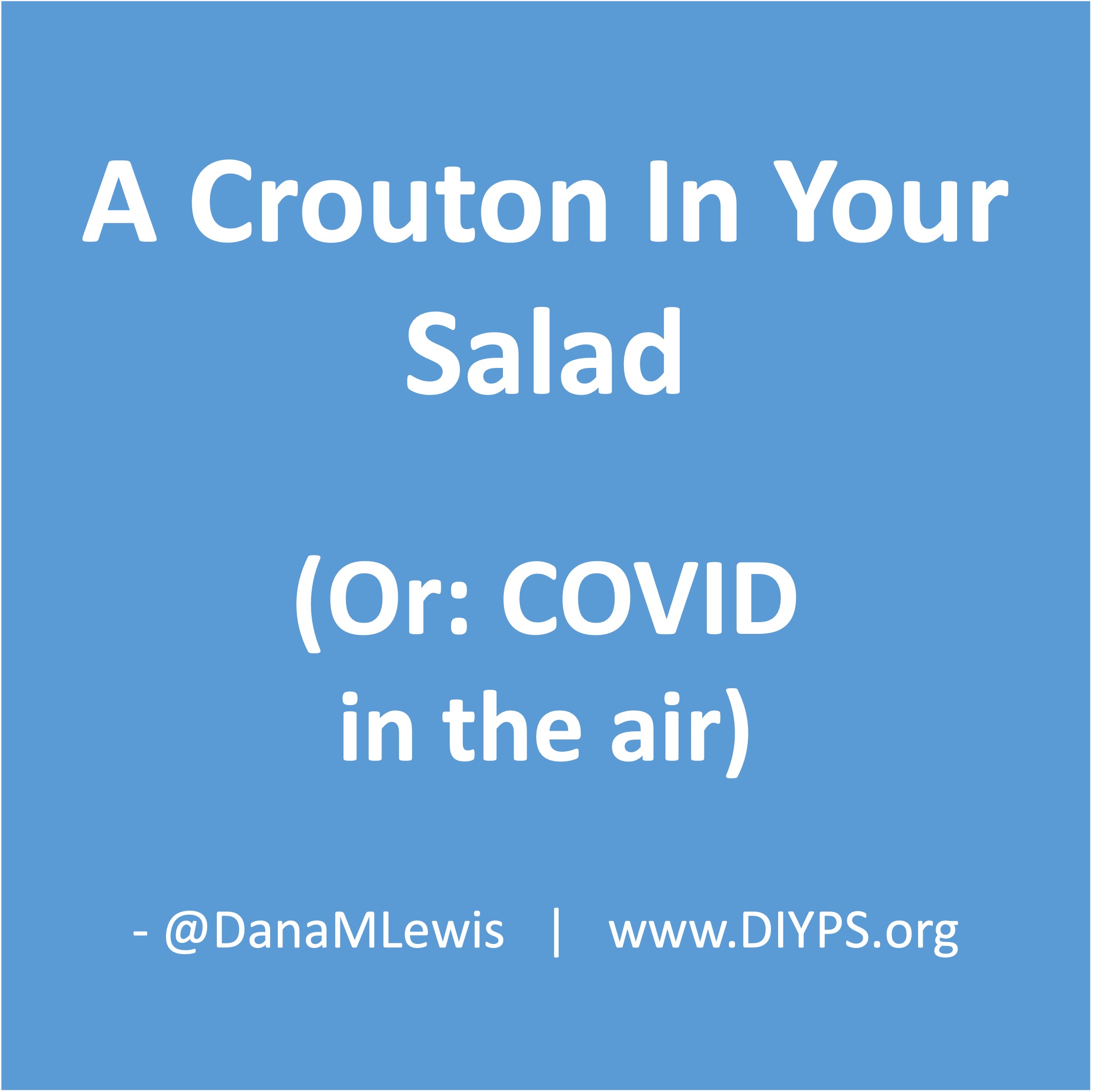
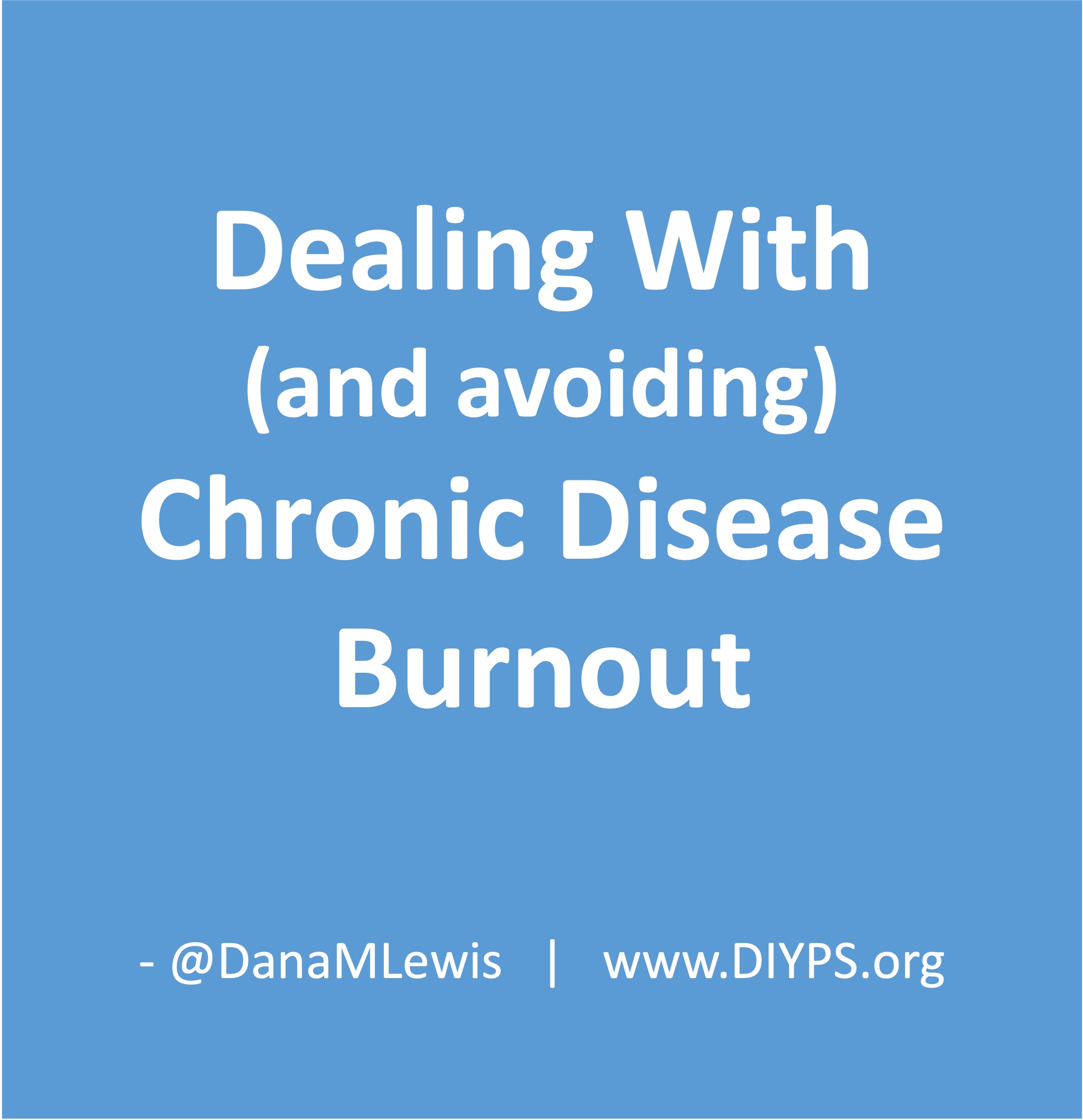
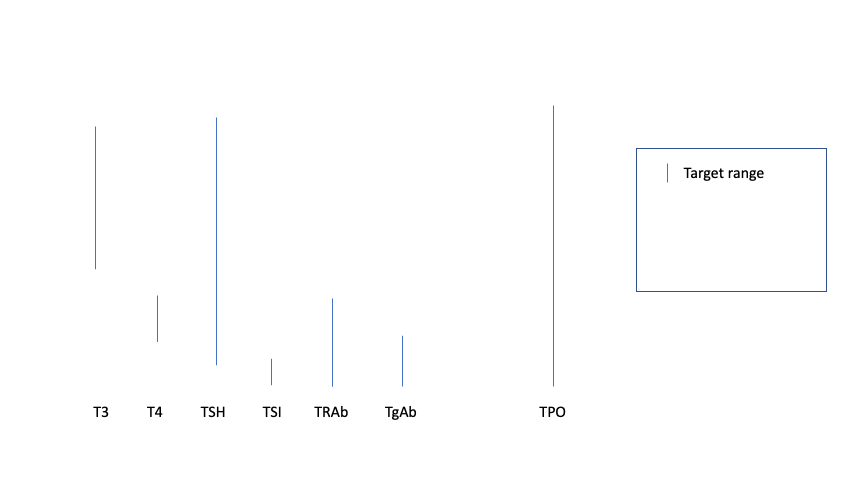
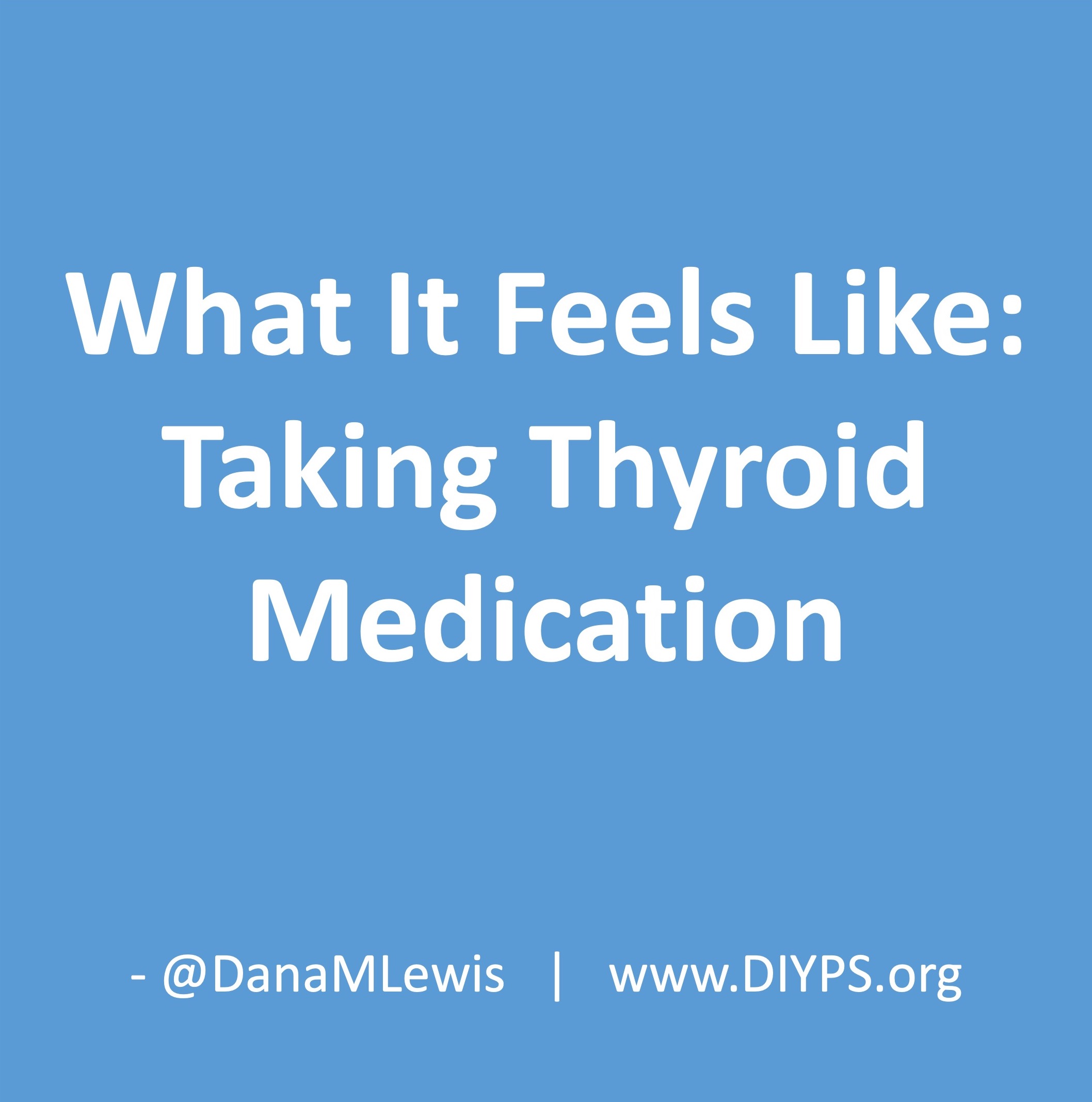
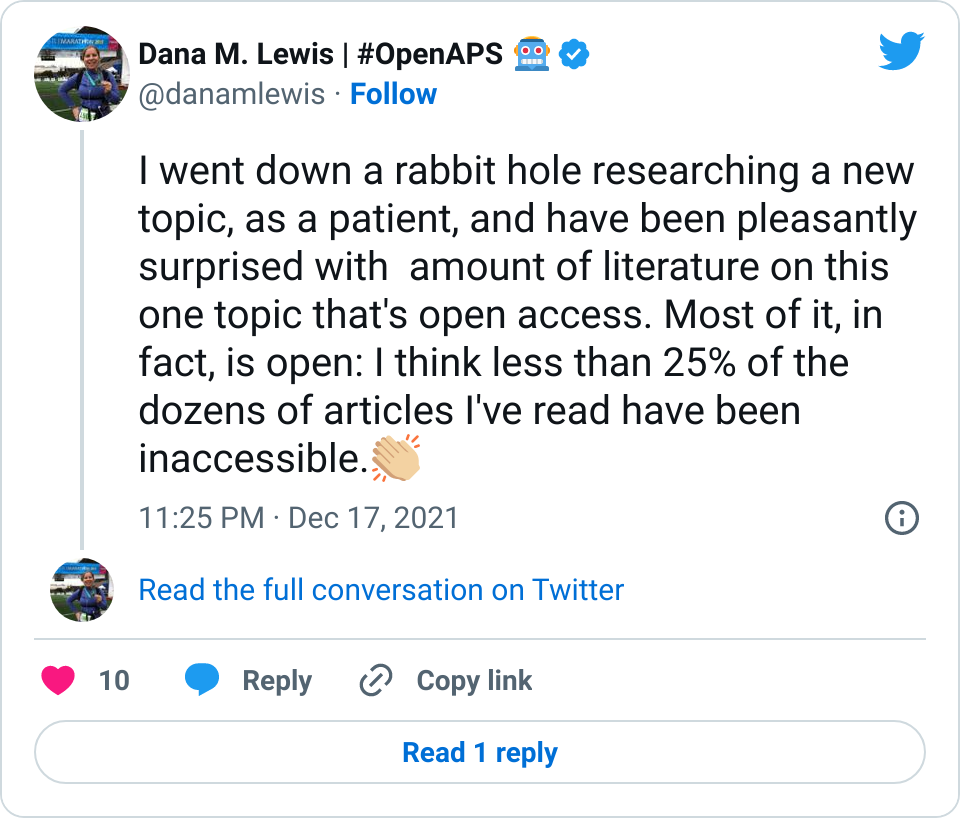
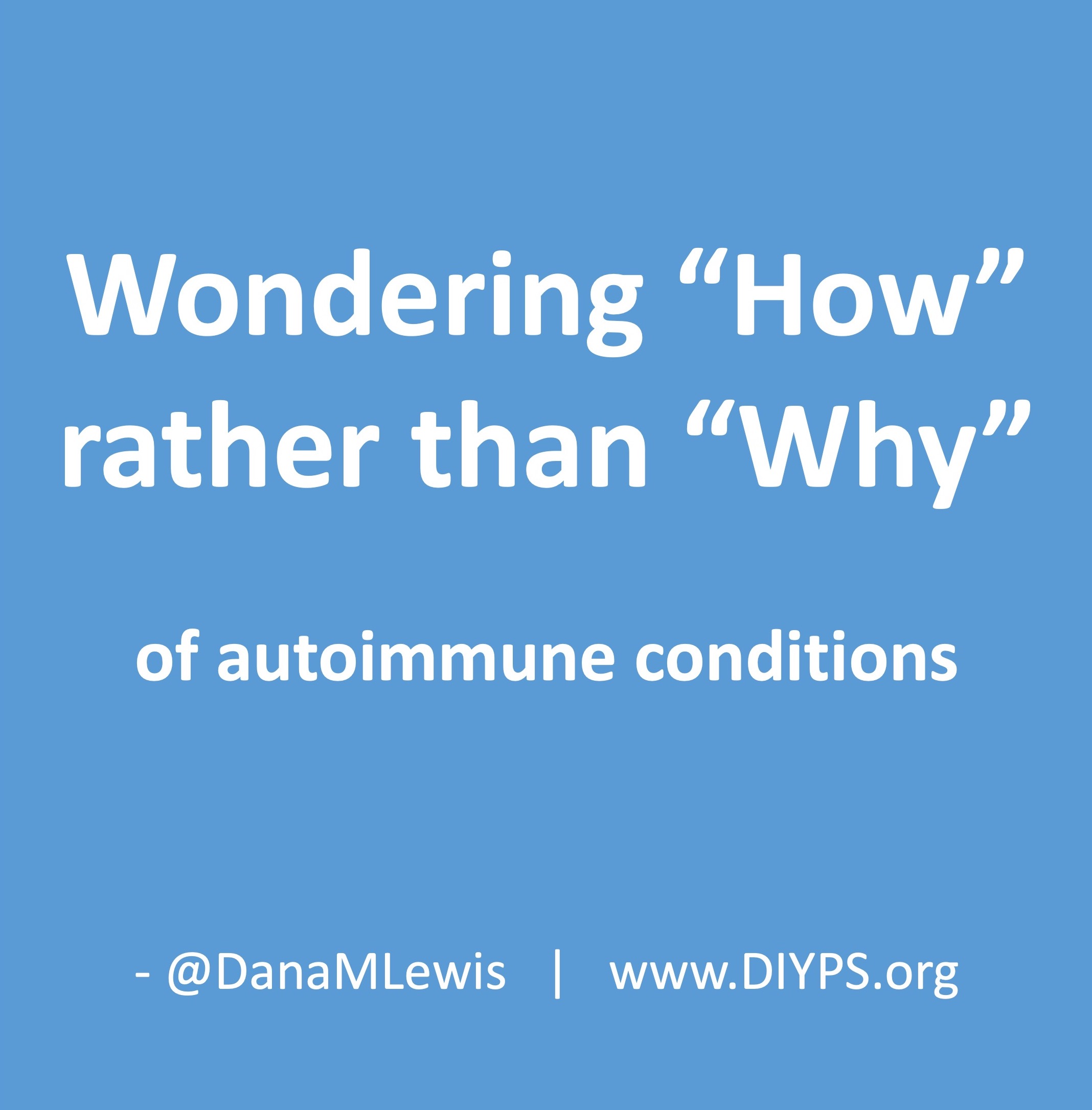
Recent Comments